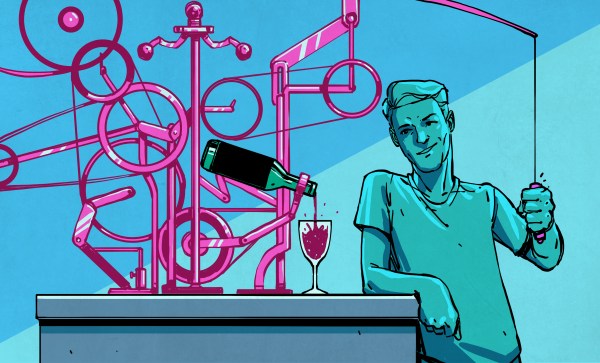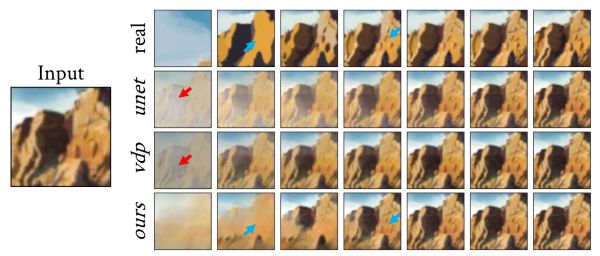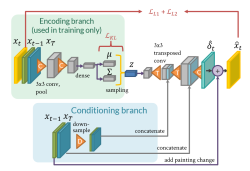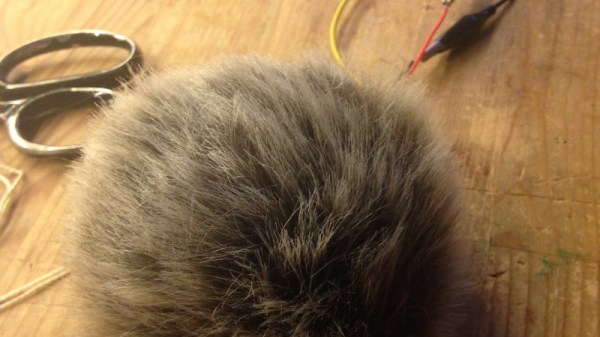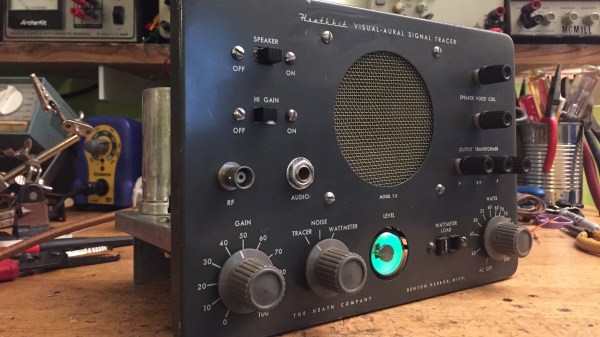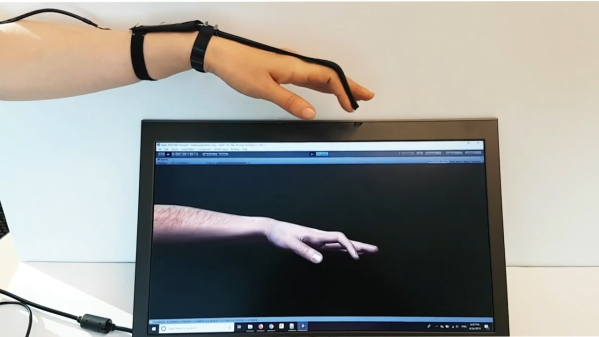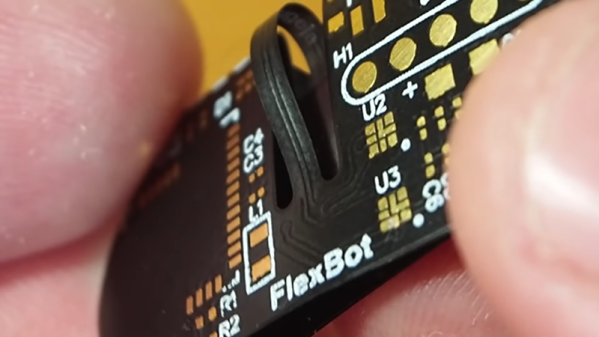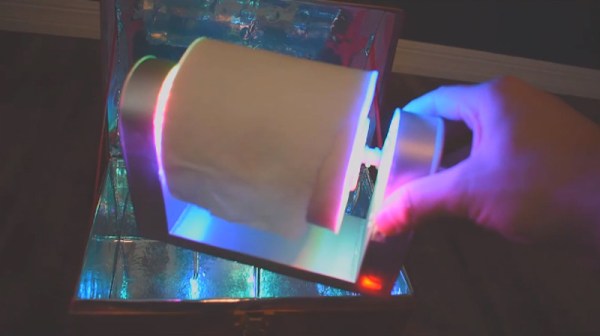How do you come up with new ideas? As much as it sometimes seems like they arrive in a flash out of the blue, they don’t just come out of nowhere. Indeed, we all have well-stocked mental toolboxes that say “this thing can be used to do that” and “if you want to get there, start here”.
One incredibly fertile generator of “new” ideas is simply putting old ideas next to each other and realizing that a chain of two or three can get you to someplace new. It just happened to me while listening to Mike and myself on this week’s Hackaday Podcast.
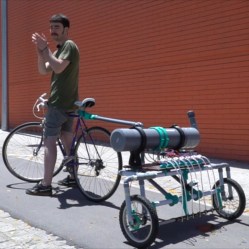
Here’s the elevator pitch. You take something like the player-pianoesque MIDI barrel piano that we featured last Thursday, and mix it together with the street-painting bicycle trailer that we featured on Friday. What do you get? A roll of paper that can be drawn on by normal kids, rolled up behind a bicycle, with a tank that they can pressurize with a bike pump, that will spray a pixelated version of their art as they roll down the sidewalk.
Now how can I make this real? One of my neighbors has a scrap bike trailer…
But see what I mean about ideas? I just took two existing ideas and rubbed them together, and in this case, they emitted sparks. And I’ve got a mental catalogue of all of the resources around me, some of which fell right into place. This role as fountain of good proto-ideas is why I started reading Hackaday fifteen years ago, and why it’s still a daily must-read for folks like us everywhere. A huge thank you to everyone who’s sharing! Read more Hackaday!

